Inner workings: the notebooks of Jean-Michel Basquiat are unveiled at the Brooklyn Museum
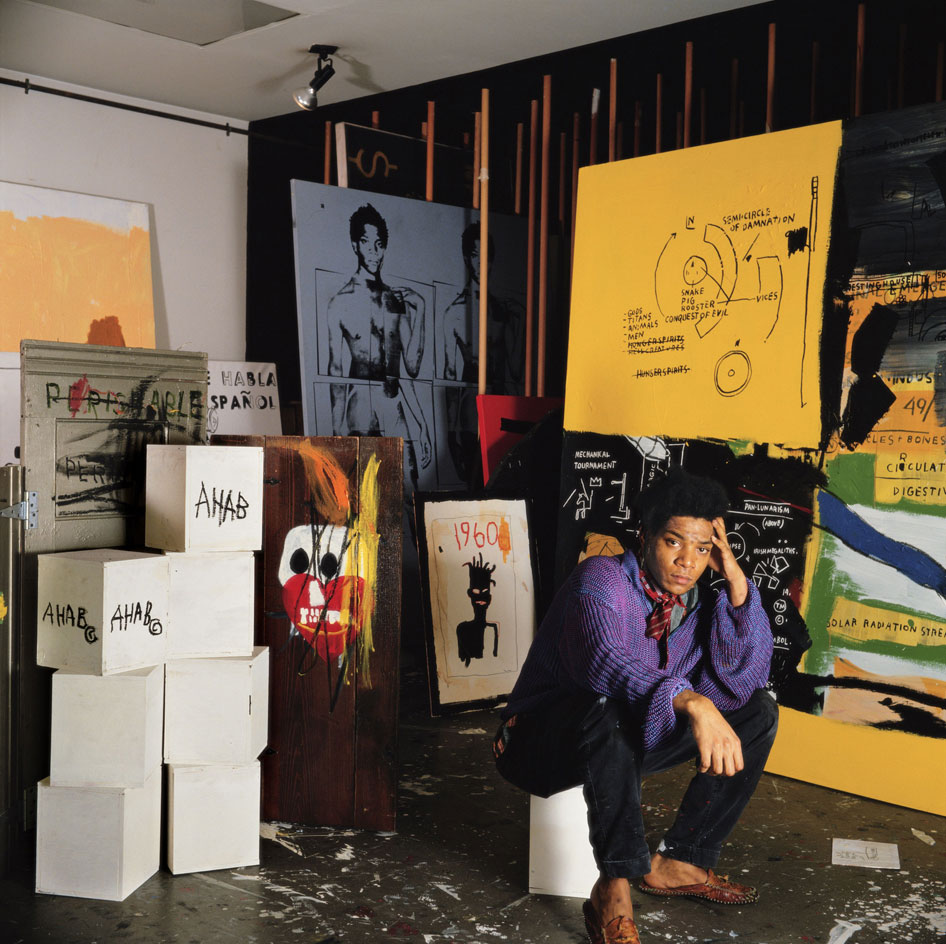
As far as New York artists go, Jean-Michel Basquiat is about as authentically New York as it gets. The Brooklyn-born icon is the subject of a seminal new exhibition, Basquiat: The Unknown Notebooks, which places the pages of eight of the artist's notebooks on display for the very first time. Taking place at the Brooklyn Museum, an institution that a young Basquiat was a junior member of and visited frequently himself, the exhibition showcases 160 unbound notebook pages featuring fully conceived artworks, alongside 30 drawings, paintings and mixed-media works from private collections and the artist's estate.
With around 600 paintings, 1,500 drawings and other sculpture and mixed media creations to his name, Basquiat was prolific to say the least. A poet as much as an artist, his pieces heavily focused on the visual word, with ideas of racism, colonialism and the street permeating repeatedly throughout. The notebooks are no different and are regarded as veritable works of art in themselves.
Basquiat favoured the composition notebooks that were used ubiquitously by American students. The eight notebooks on display are from the collection of Larry Warsh, a New York-based publisher and early collector of Basquiat works. Dating from 1979 to 1987/88, they were carefully unbound in the 1990s, but have never been exhibited until now. Displayed chronologically in order of development, the notebook pages allow viewers to observe and consider Basquiat's enigmatic style on a highly intimate level.
'What this show is going to tell you is that the notebooks are not sketchbooks. They are artworks by themselves, just on a smaller scale,' says guest curator Dieter Buchhart, a Basquiat scholar who worked with the Brooklyn Museum's associate curator, Tricia Laughlin Bloom, to put together the show. 'Just one word on one page would be as important to [Basquiat] as a large scale painting or drawing.'
Written only on the right-hand pages of the notebooks, mostly in block capital lettering in black ink, the small-scale works often feature ideas and concepts that would go on to appear in Basquiat's larger pieces, like 'Famous Negro Athletes' (1981) and 'Untitled (Crown)' (1982) which are also on display. His articulation of the letter 'E' as three horizontal strokes, a feature that also consistently appears in larger, more intricate works, is further proof that the notebooks contain finessed executions of the artist's visual language. From narrative wordplay and extended narrative poems to observations of New York street life, sketches of teepees, crowns and skeleton faces that later became the most recognisable aspects of his work, the notebook writings have it all.
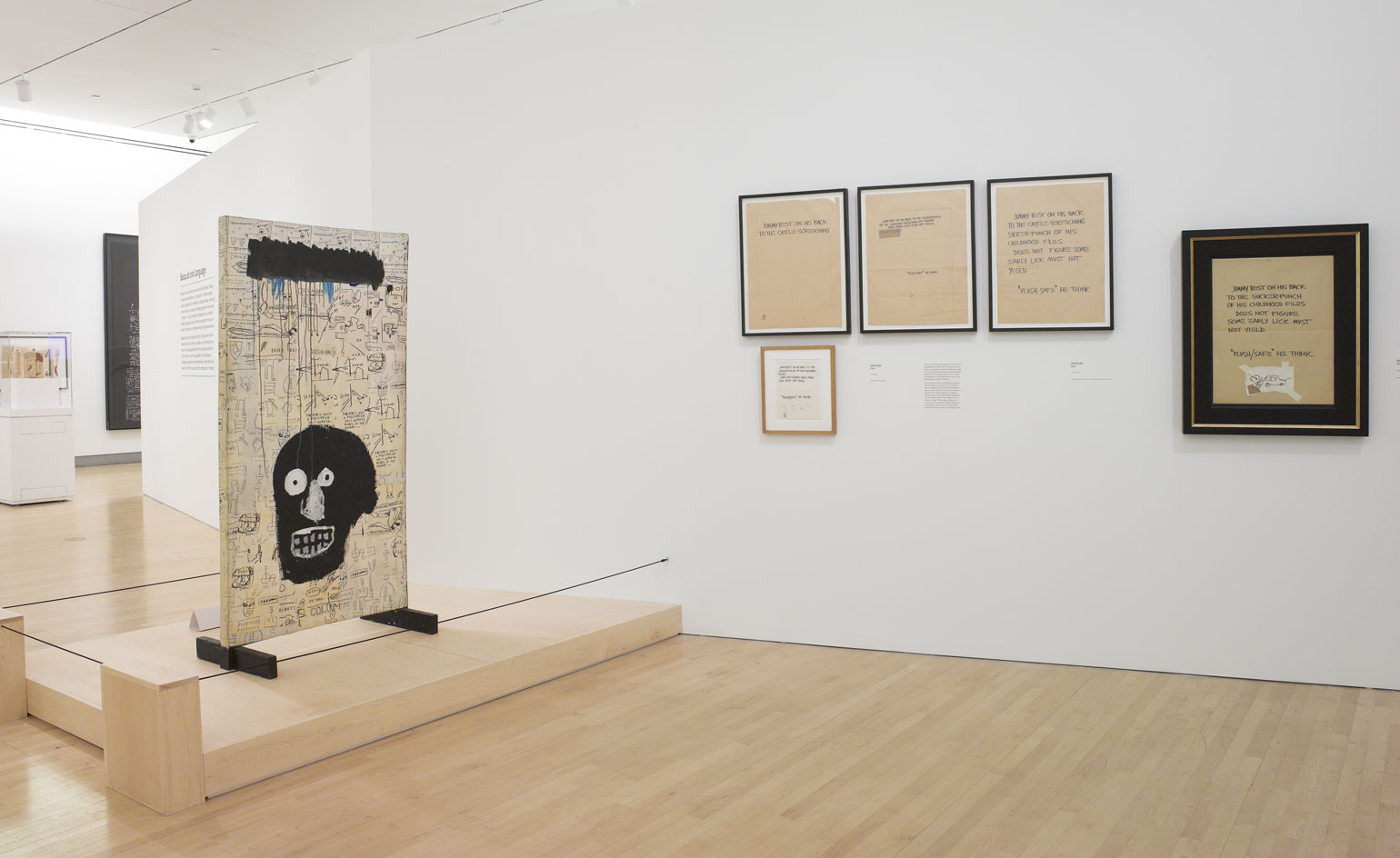
The Unknown Notebooks showcases exactly that - pages from Basquiat's private sketchbooks, alongside 30 of his drawings, paintings and mixed-media works. Courtesy of the Brooklyn Museum
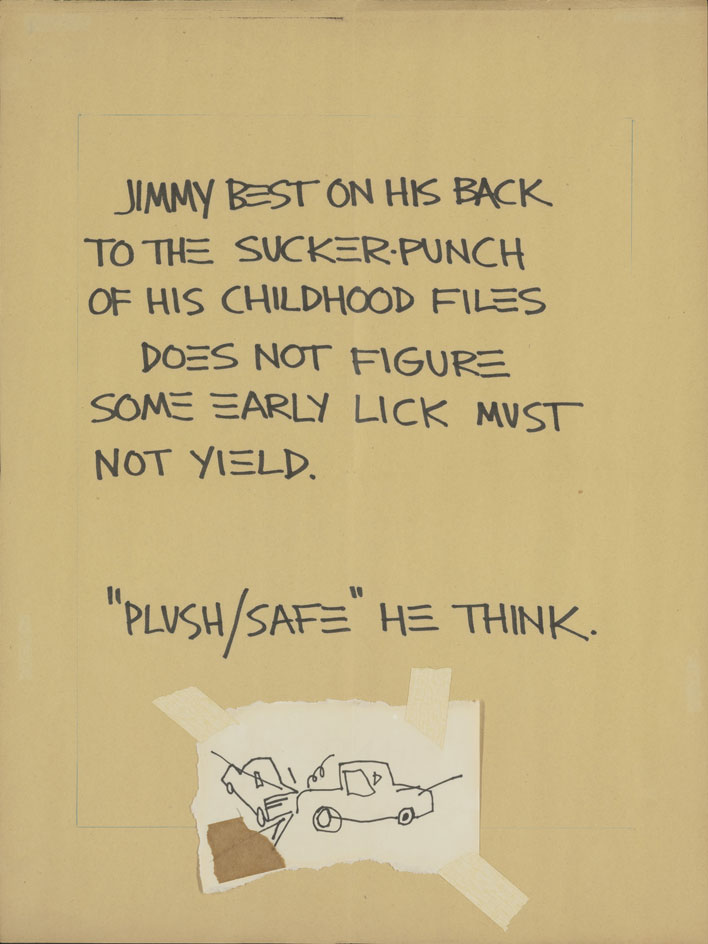
Displayed chronologically, there are in total 160 unbound notebook pages on display
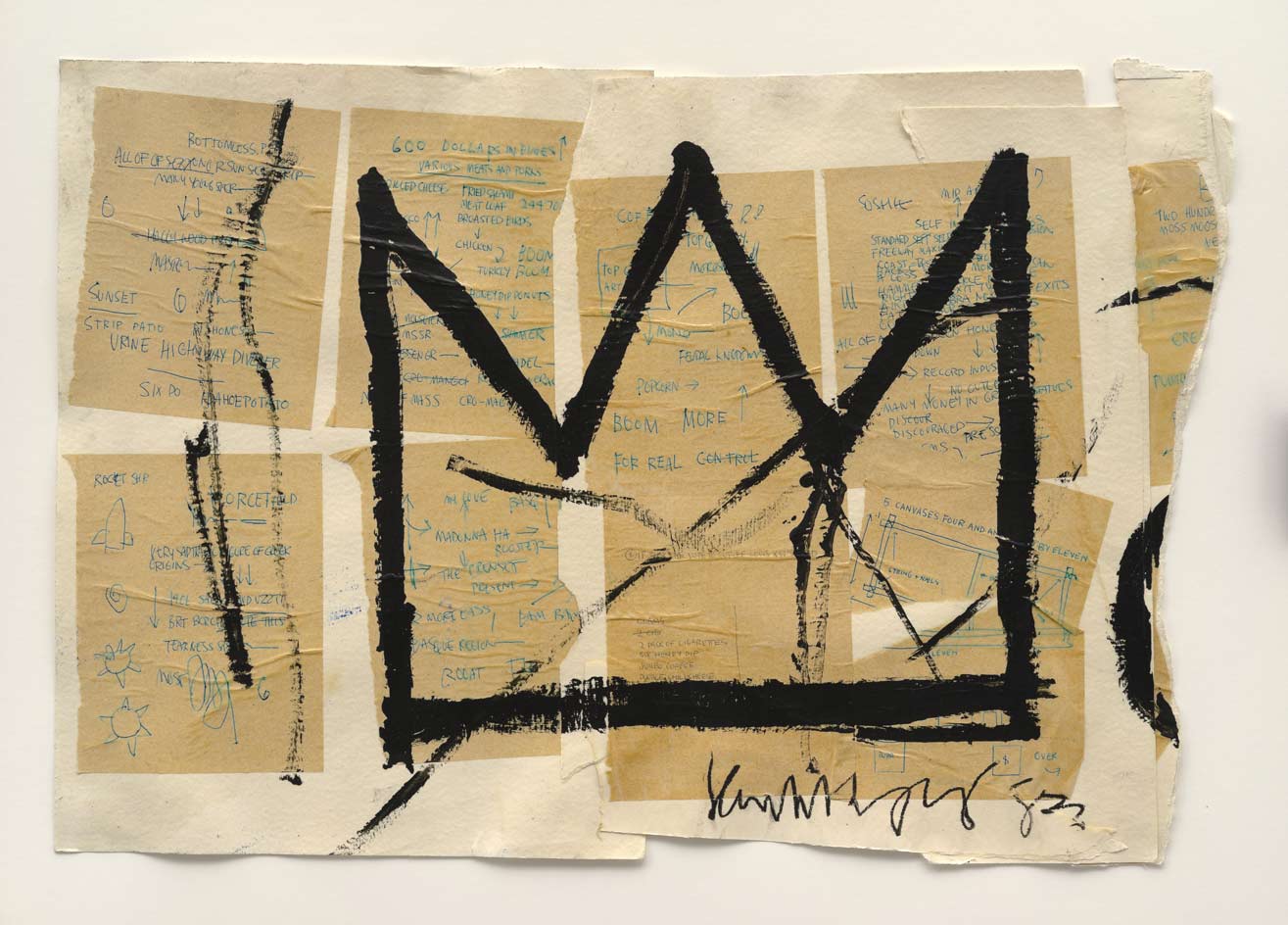
One of the larger pieces on show - 'Untitled (The Crown)' of 1982
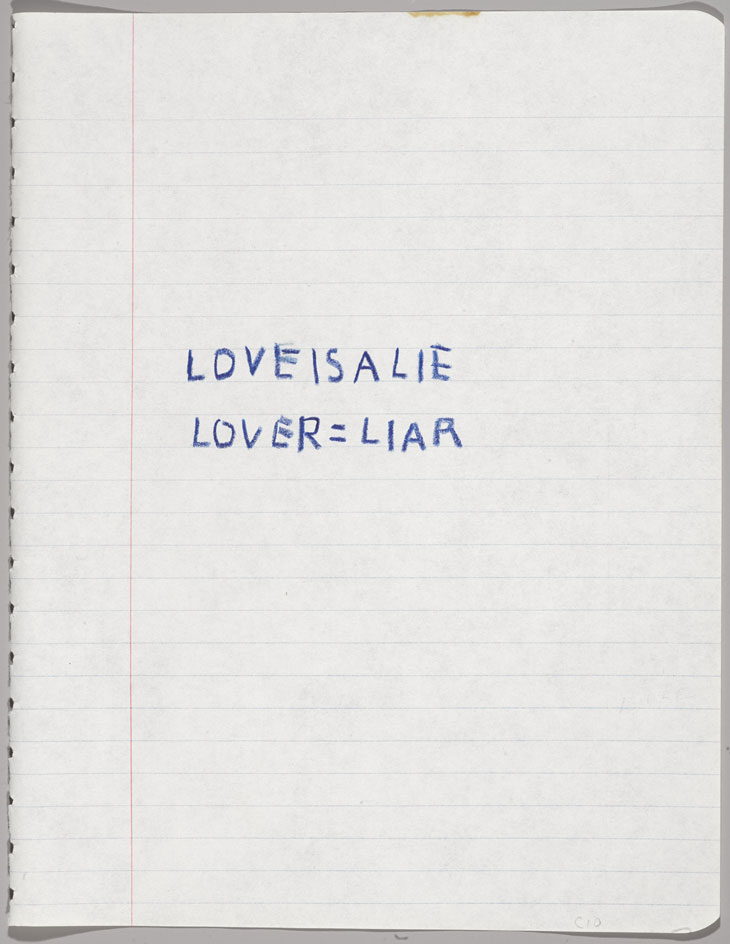
'Just one word on one page would be as important to [Basquiat] as a large-scale painting or drawing,' says the museum's associate curator Tricia Laughlin Bloom
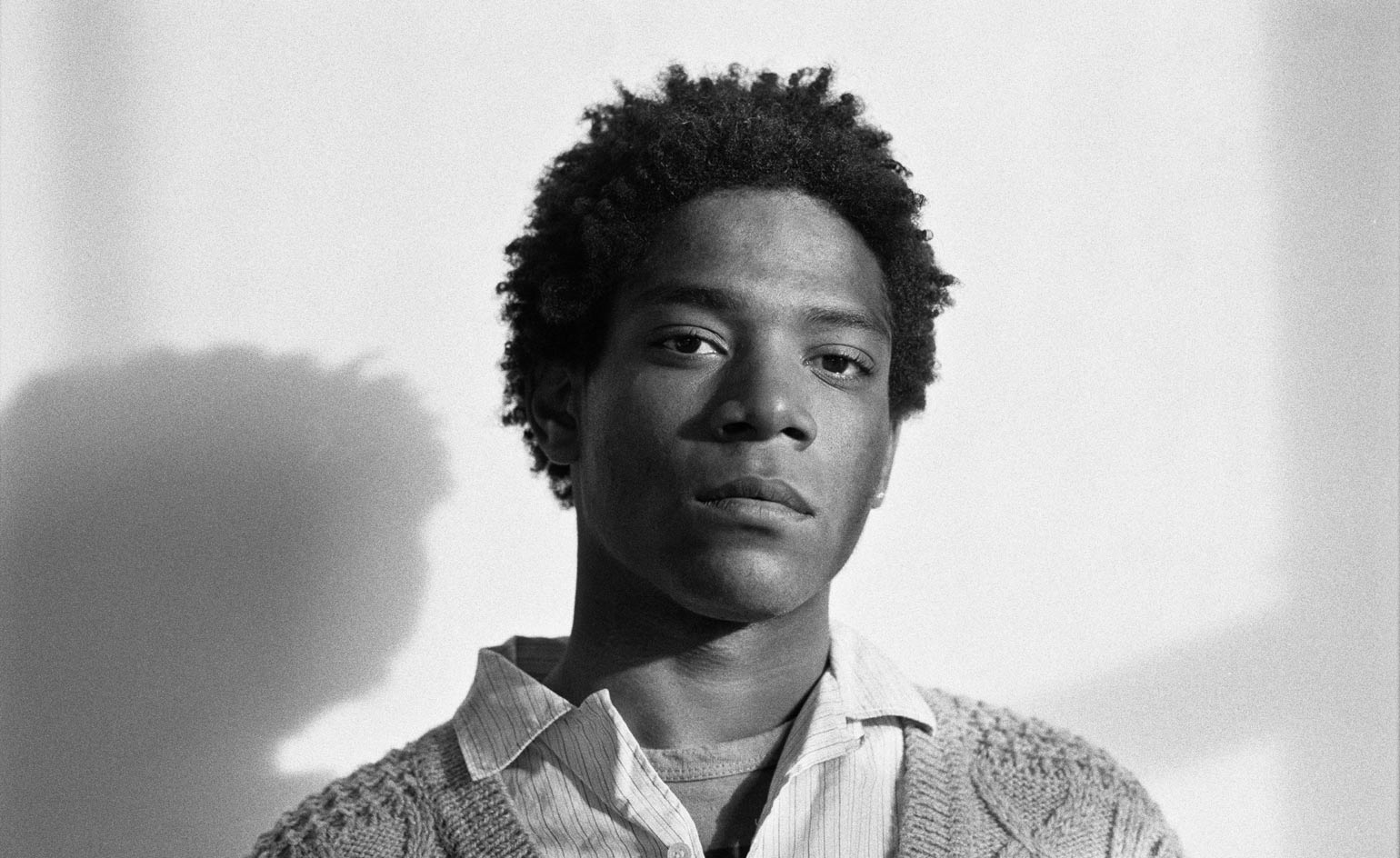
The Brooklyn-born icon
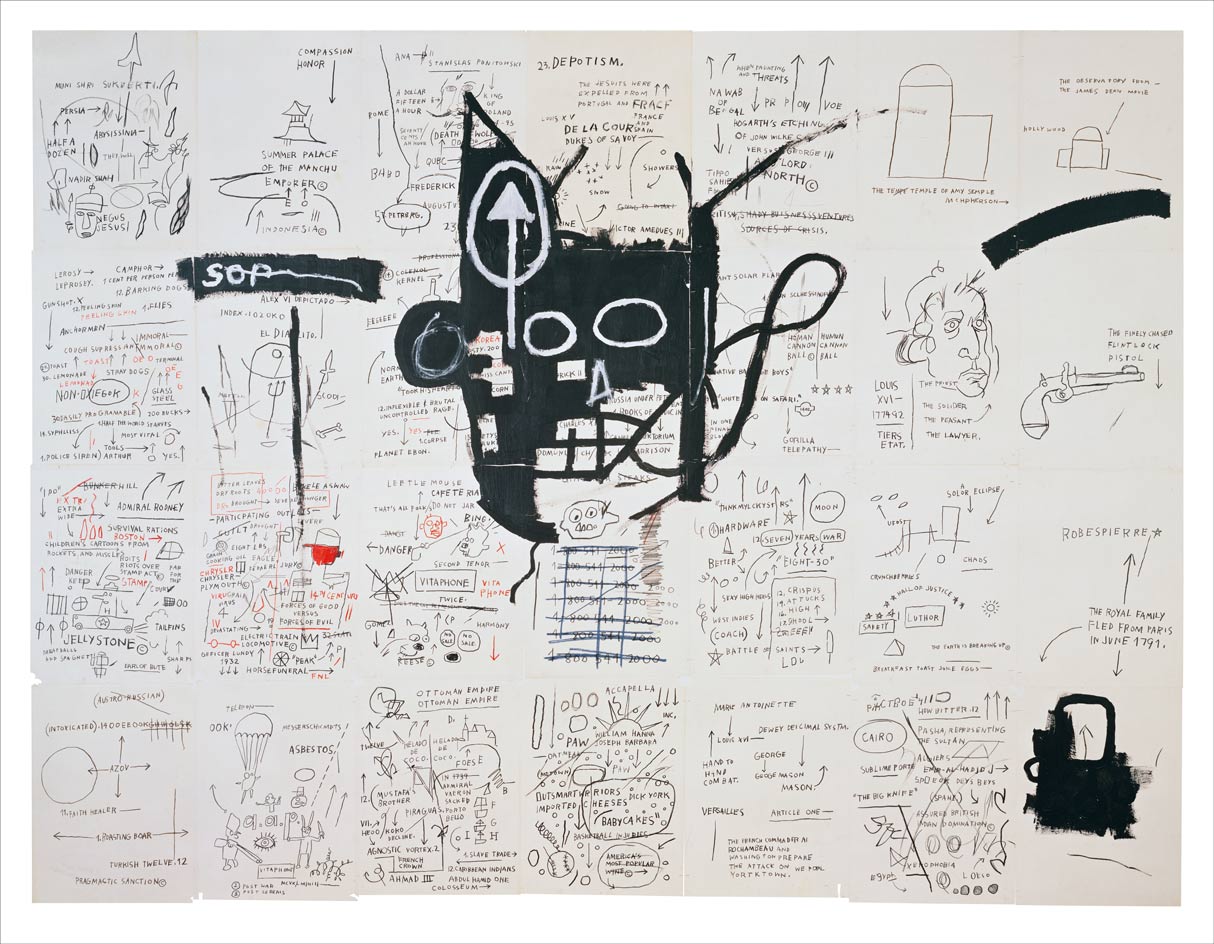
Carefully unbound in the 1990s, the pages allow viewers to observe the inner workings of Basquiat's creative mind on a highly intimate level
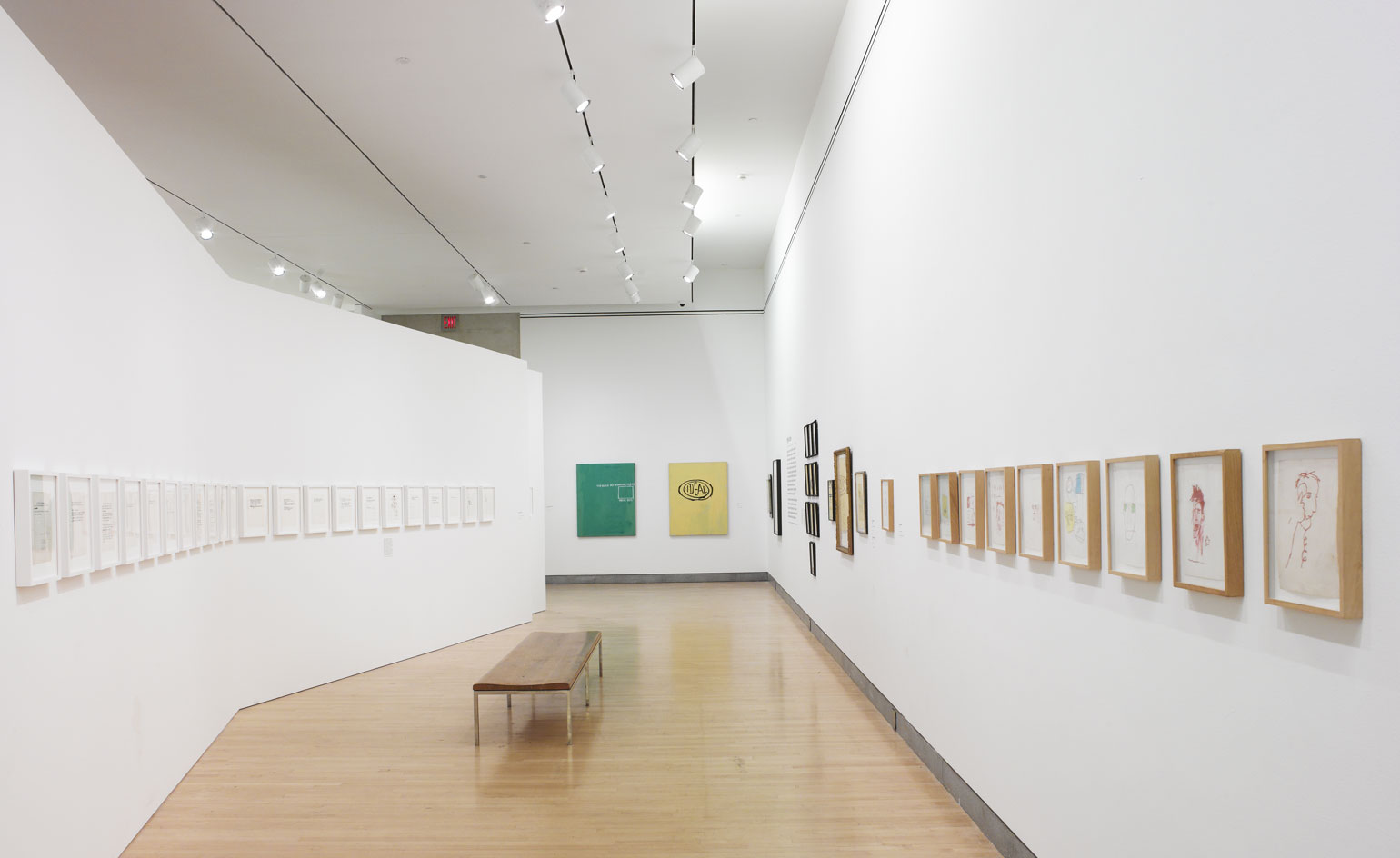
The pages come from eight notebooks, which form part of the collection of Larry Warsh, a New York-based publisher and early collector of Basquiat works. Courtesy of the Brooklyn Museum
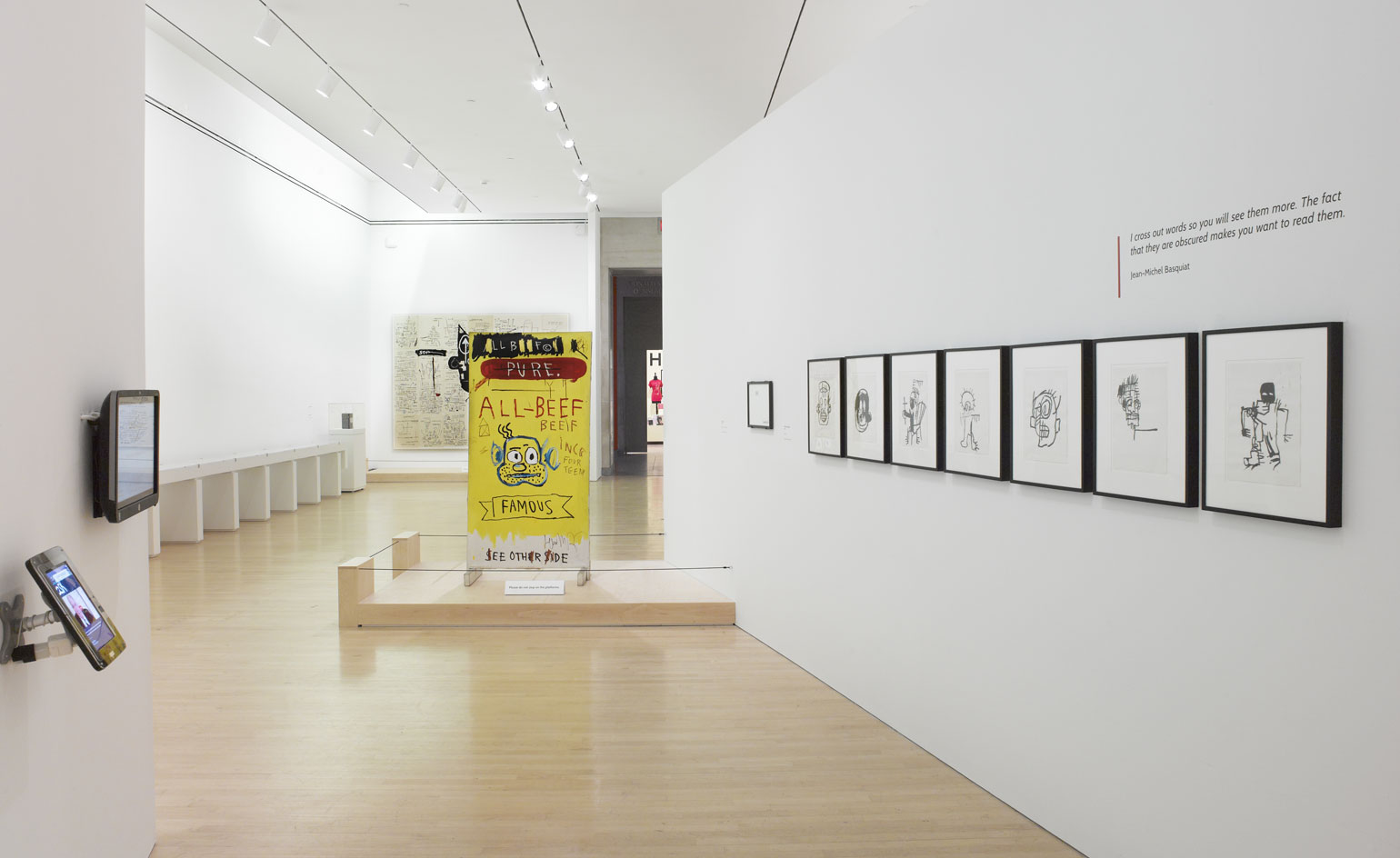
'I cross out words so you will see them more. The fact they are obscured makes you want to read them.' - Jean-Michel Basquiat. Courtesy of the Brooklyn Museum
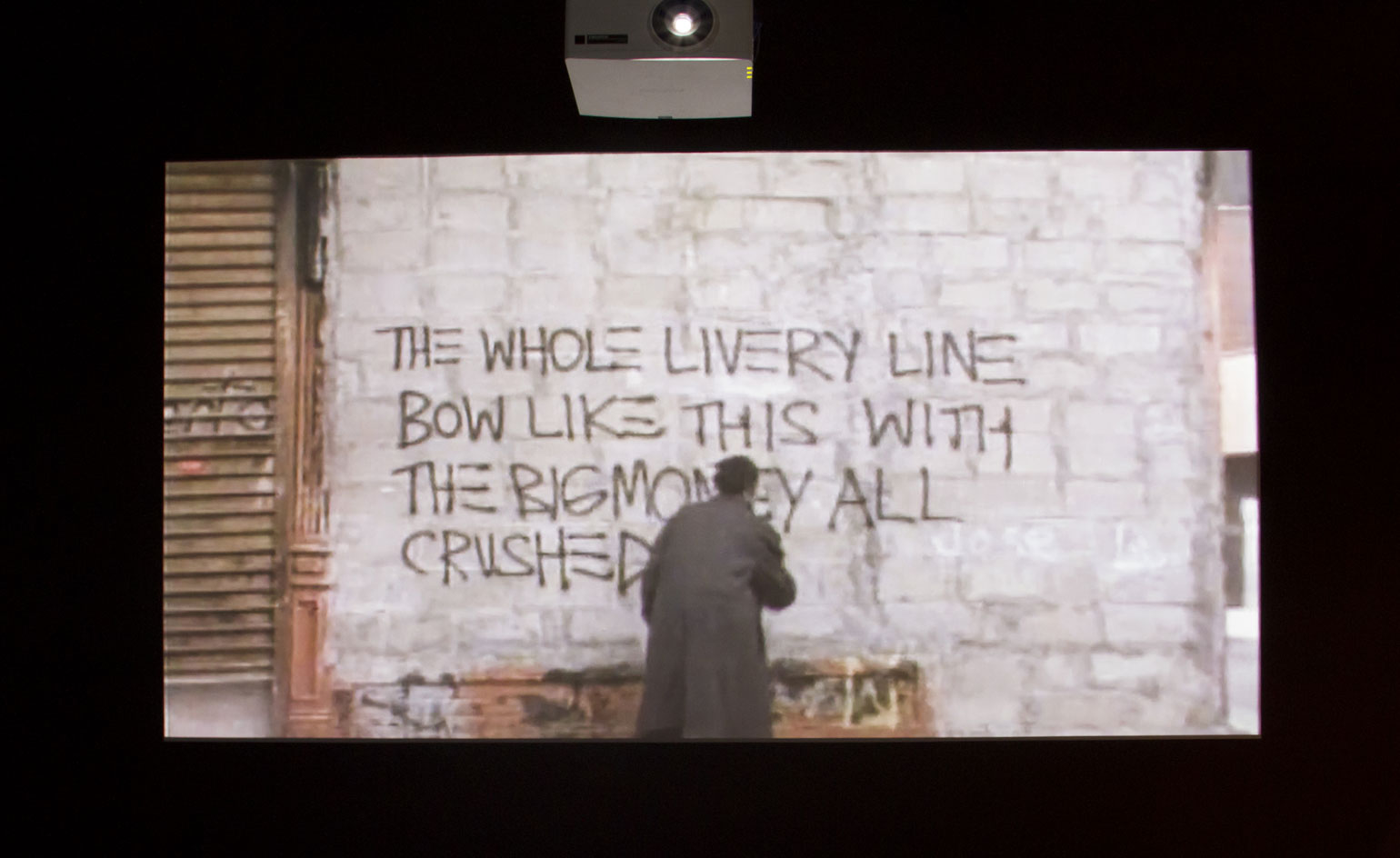
Included in the exhibition is a video showing Basquiat at work, tagging a metal wall in downtown New York in 1981. Courtesy of the Brooklyn Museum
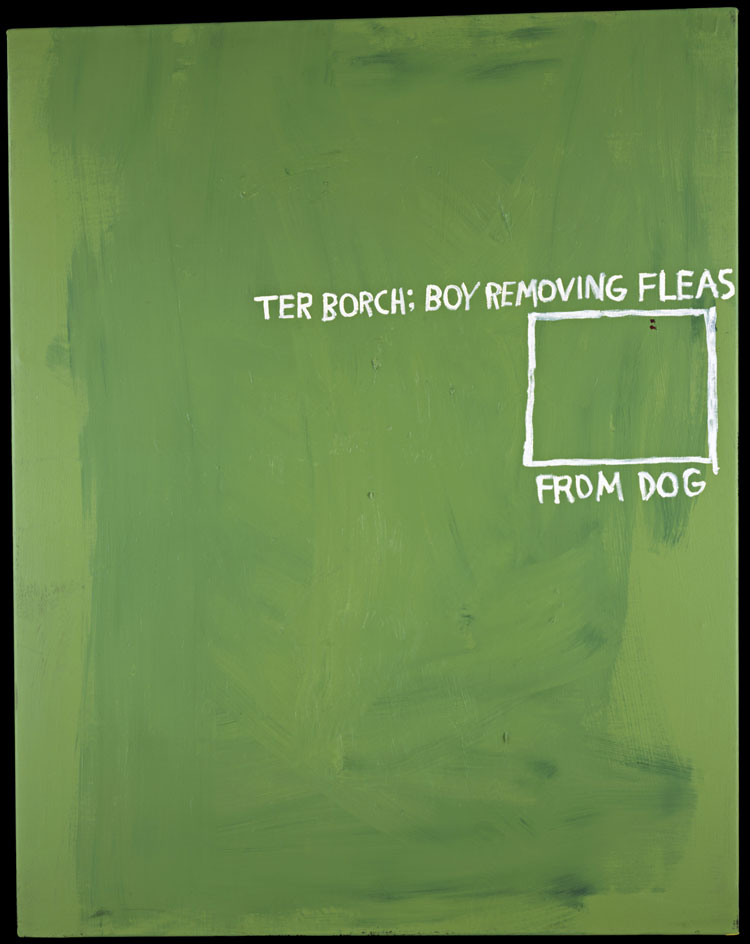
A poet as much as an artist, Basquiat focused on the visual word as a mode of painterly expression in itself - an idea which is reflected heavily in the works on show
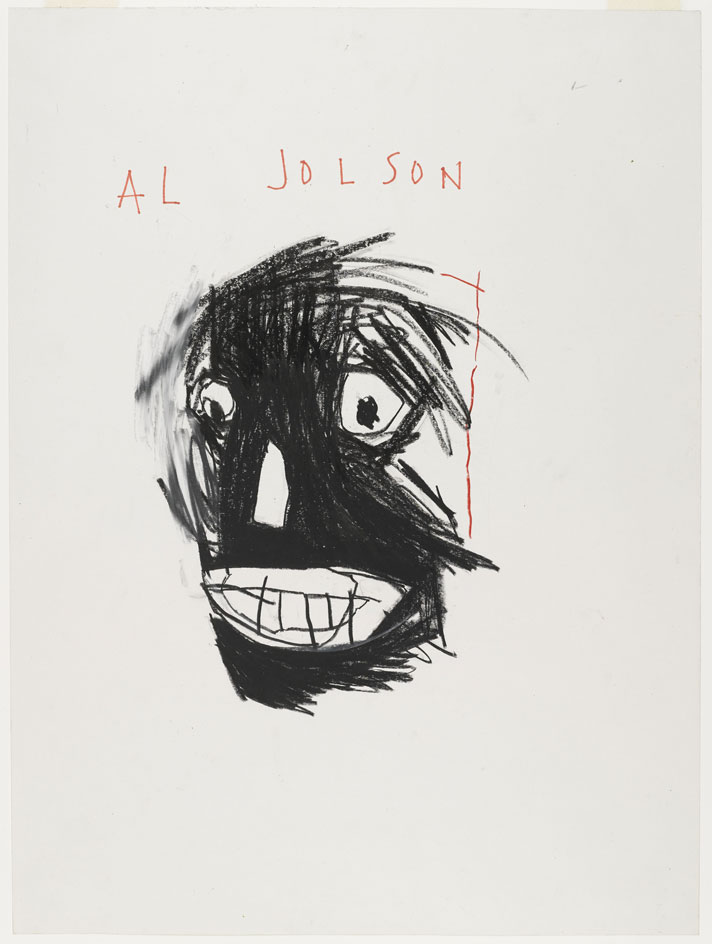
Themes of racism and colonialism run powerfully throughout a number of Basquiat's works. Pictured is a sketched portrait of the entertainer Al Jolson, the 1920s entertainer known for his 'blackface' minstrel performances
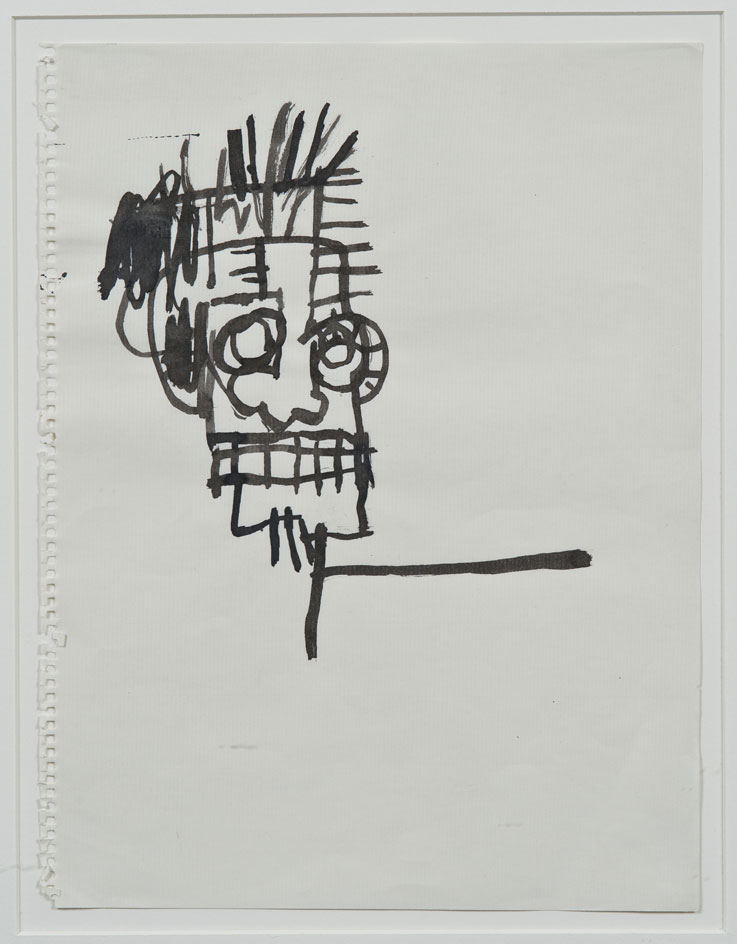
A face - half-skull, half-man - stares out of one of Basquiat's pages
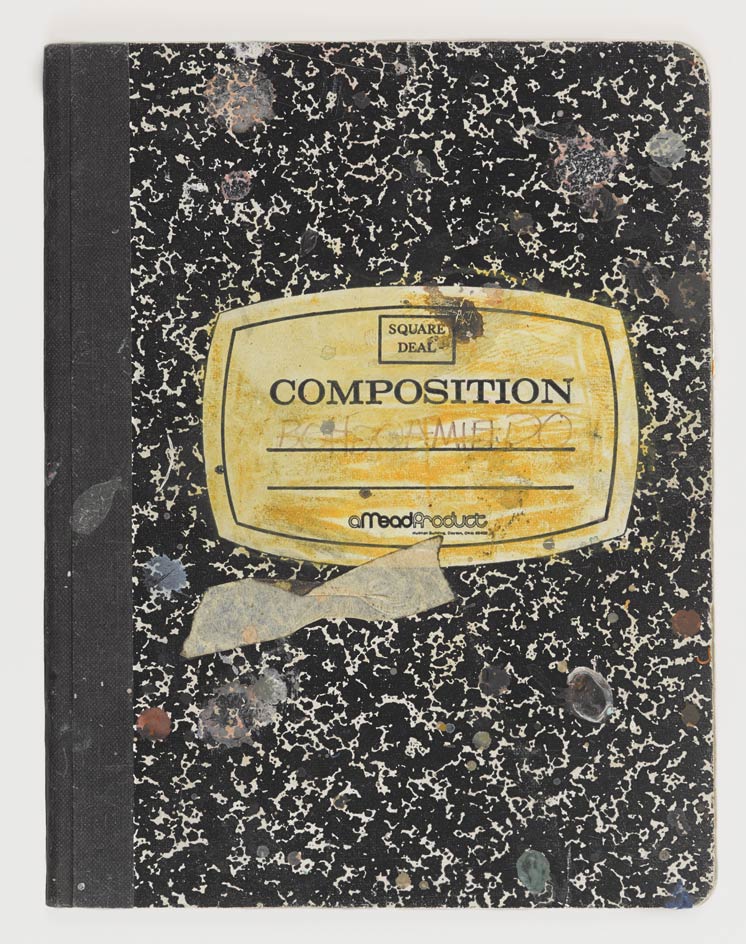
One of the composition notebooks favoured by Basquiat
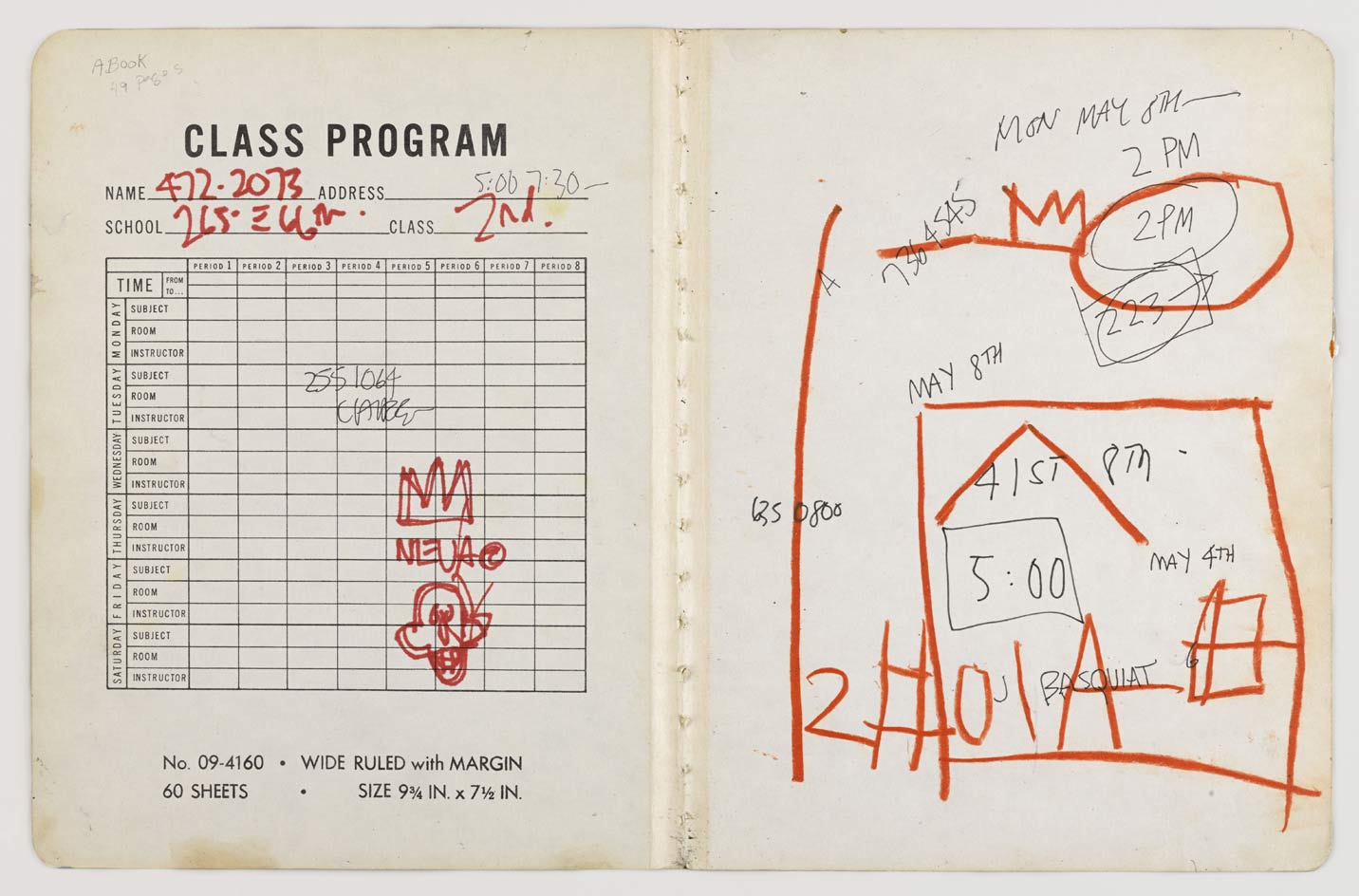
Scrawls, scribbles and sketches here sit side-by-side with some more practical information (though the trademark Basquiat wit is there in his designation of '2nd' class)
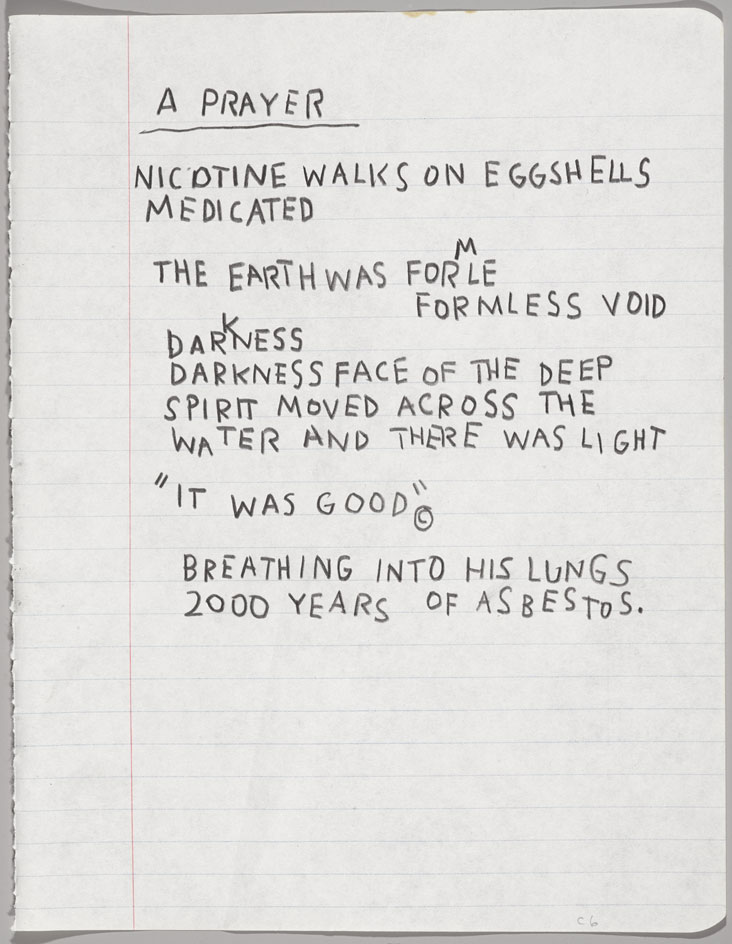
Wordplay and narrative poems play as much a part in the exhibition as more figurative sketches
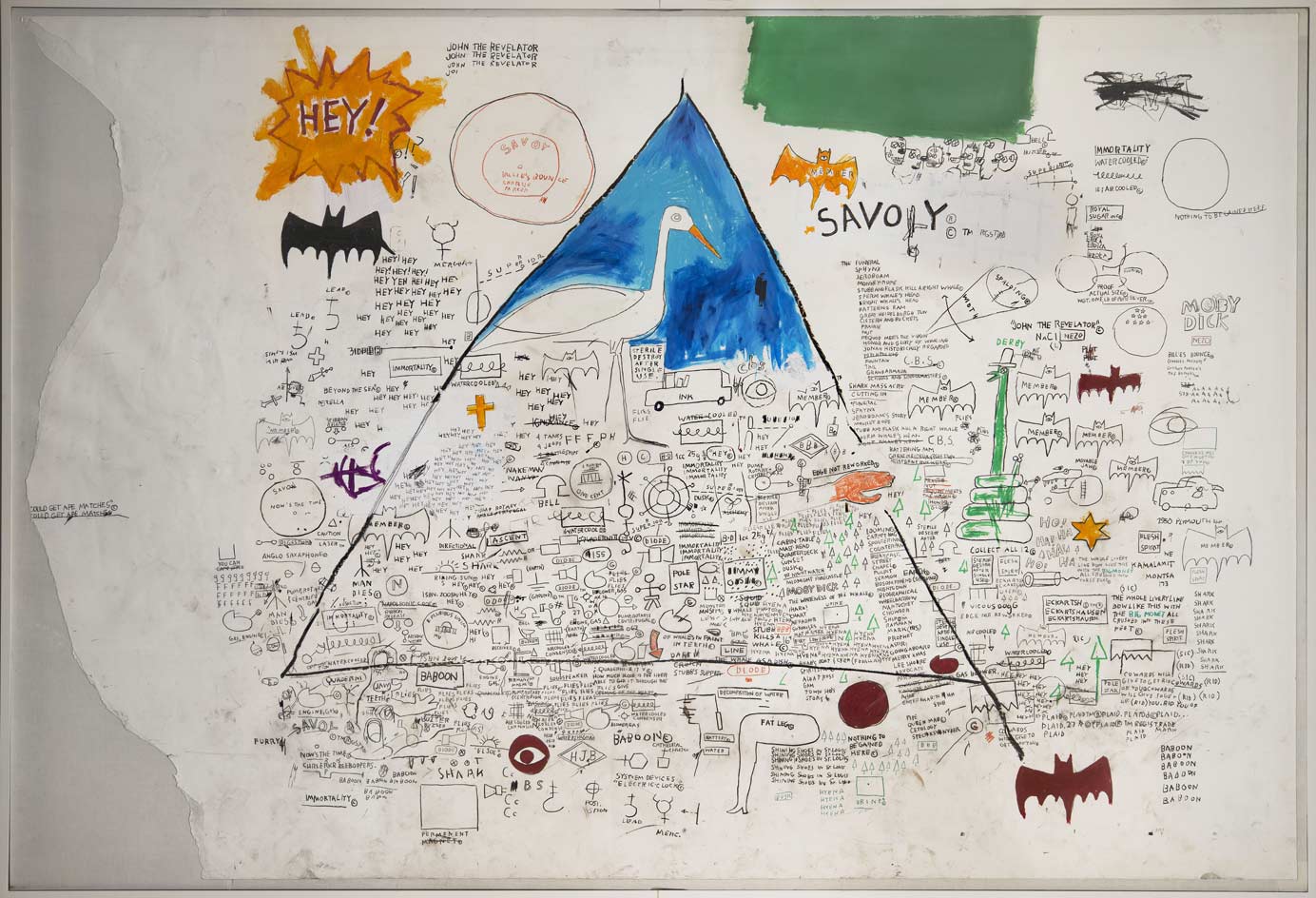
Here, words and images combine, affording viewers and insight into Basquiat's at his most enigmatic
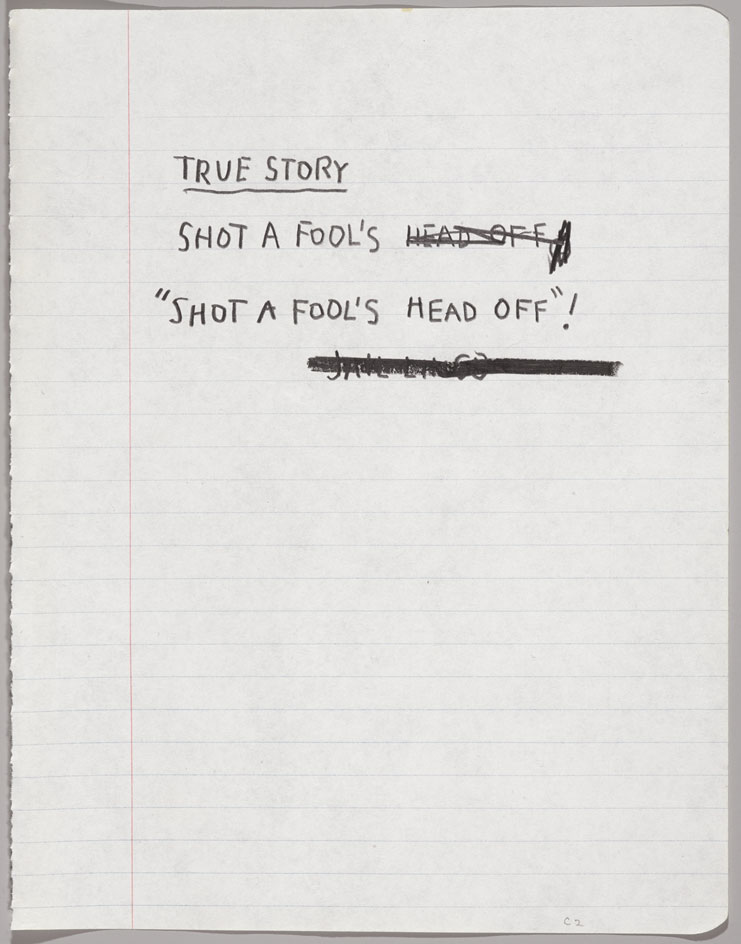
Also evident throughout the sketches is his recognisable, simplified letter 'E', articulated as three horizontal strokes
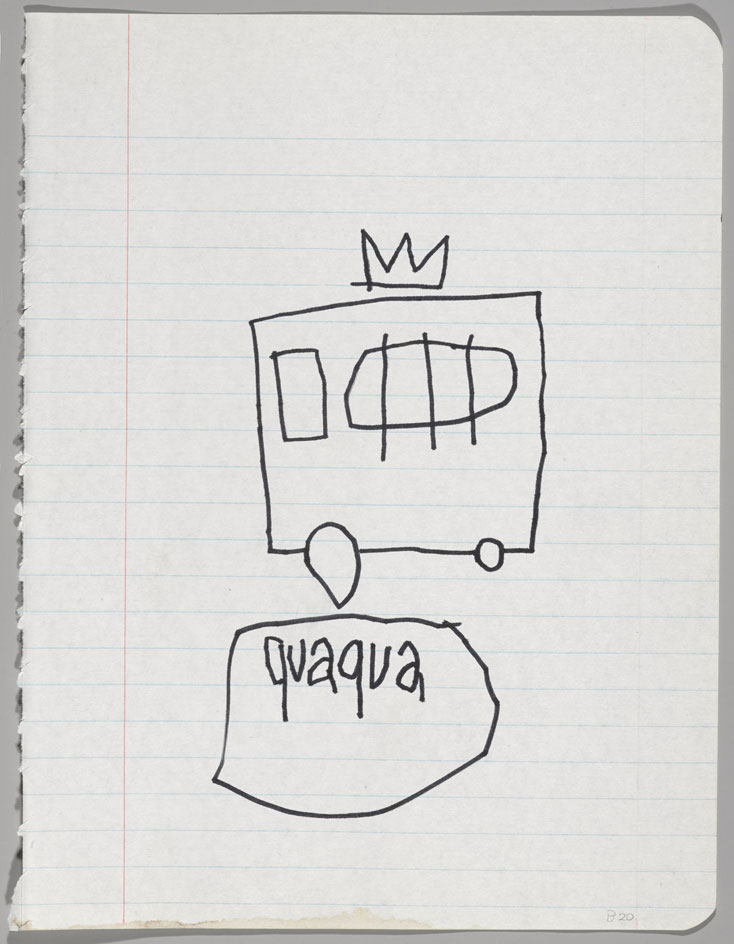
'Believe it or not, I can actually draw' - Jean-Michel Basquiat
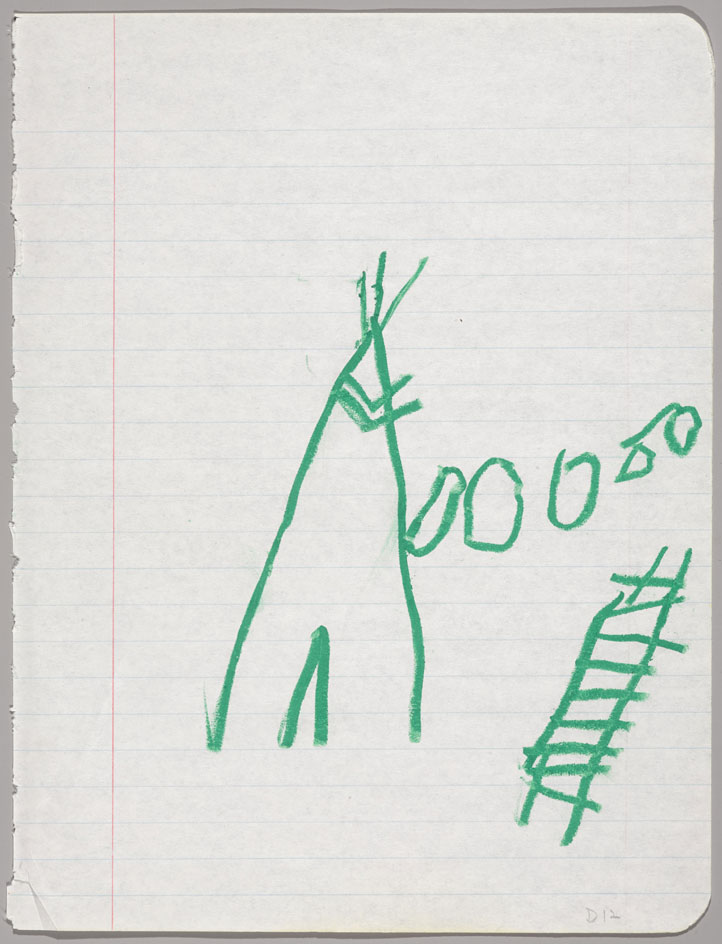
One of Basquiat's teepees, a motif repeated throughout his career
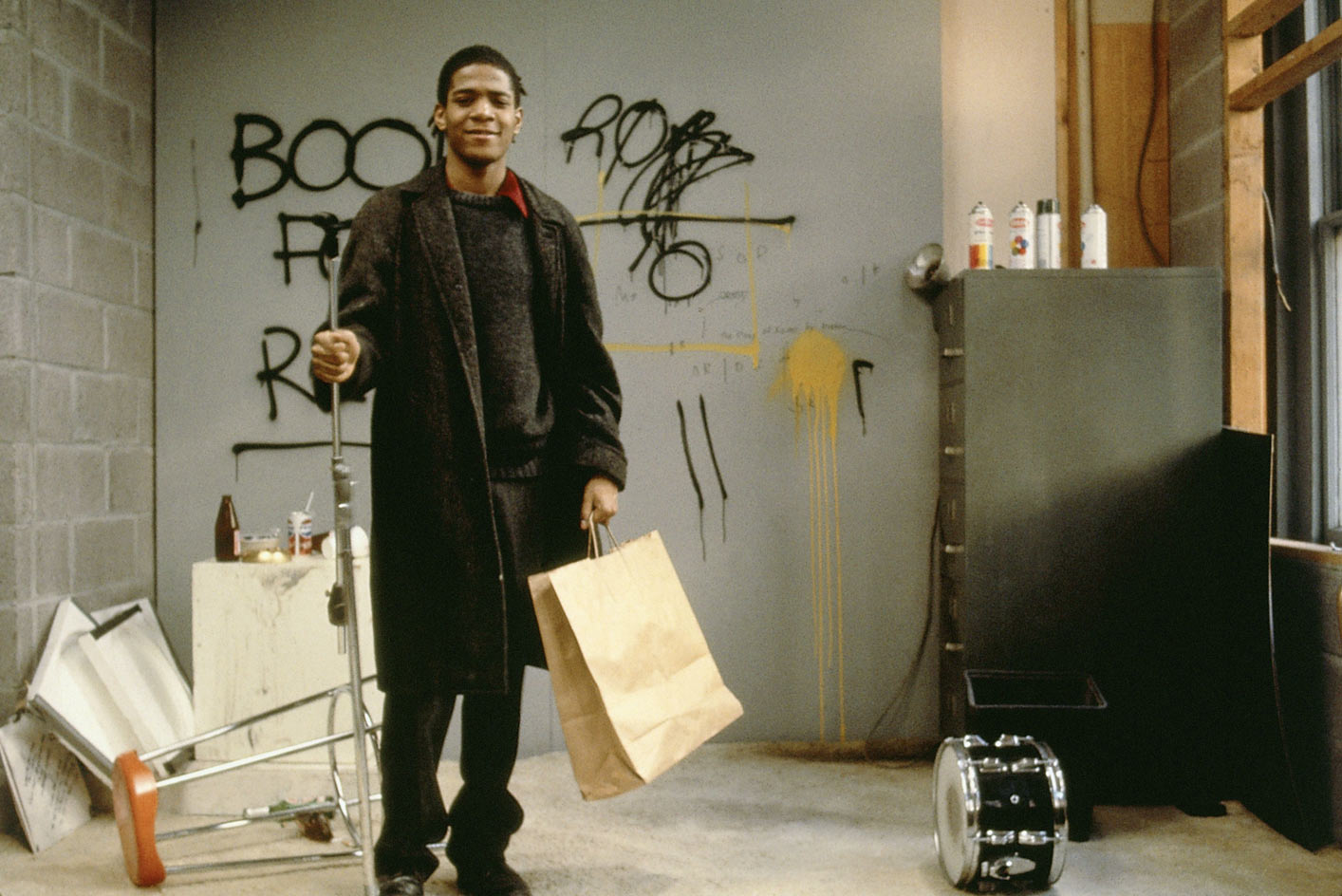
Jean-Michel Basquiat - about as authentically New York as it gets - pictured here in 1981
ADDRESS
200 Eastern Parkway
Brooklyn
New York 11238
Wallpaper* Newsletter
Receive our daily digest of inspiration, escapism and design stories from around the world direct to your inbox.
Pei-Ru Keh is a former US Editor at Wallpaper*. Born and raised in Singapore, she has been a New Yorker since 2013. Pei-Ru held various titles at Wallpaper* between 2007 and 2023. She reports on design, tech, art, architecture, fashion, beauty and lifestyle happenings in the United States, both in print and digitally. Pei-Ru took a key role in championing diversity and representation within Wallpaper's content pillars, actively seeking out stories that reflect a wide range of perspectives. She lives in Brooklyn with her husband and two children, and is currently learning how to drive.
-
 Sotheby’s is auctioning a rare Frank Lloyd Wright lamp – and it could fetch $5 million
Sotheby’s is auctioning a rare Frank Lloyd Wright lamp – and it could fetch $5 millionThe architect's ‘Double-Pedestal’ lamp, which was designed for the Dana House in 1903, is hitting the auction block 13 May at Sotheby's.
By Anna Solomon
-
 Naoto Fukasawa sparks children’s imaginations with play sculptures
Naoto Fukasawa sparks children’s imaginations with play sculpturesThe Japanese designer creates an intuitive series of bold play sculptures, designed to spark children’s desire to play without thinking
By Danielle Demetriou
-
 Japan in Milan! See the highlights of Japanese design at Milan Design Week 2025
Japan in Milan! See the highlights of Japanese design at Milan Design Week 2025At Milan Design Week 2025 Japanese craftsmanship was a front runner with an array of projects in the spotlight. Here are some of our highlights
By Danielle Demetriou
-
 Leonard Baby's paintings reflect on his fundamentalist upbringing, a decade after he left the church
Leonard Baby's paintings reflect on his fundamentalist upbringing, a decade after he left the churchThe American artist considers depression and the suppressed queerness of his childhood in a series of intensely personal paintings, on show at Half Gallery, New York
By Orla Brennan
-
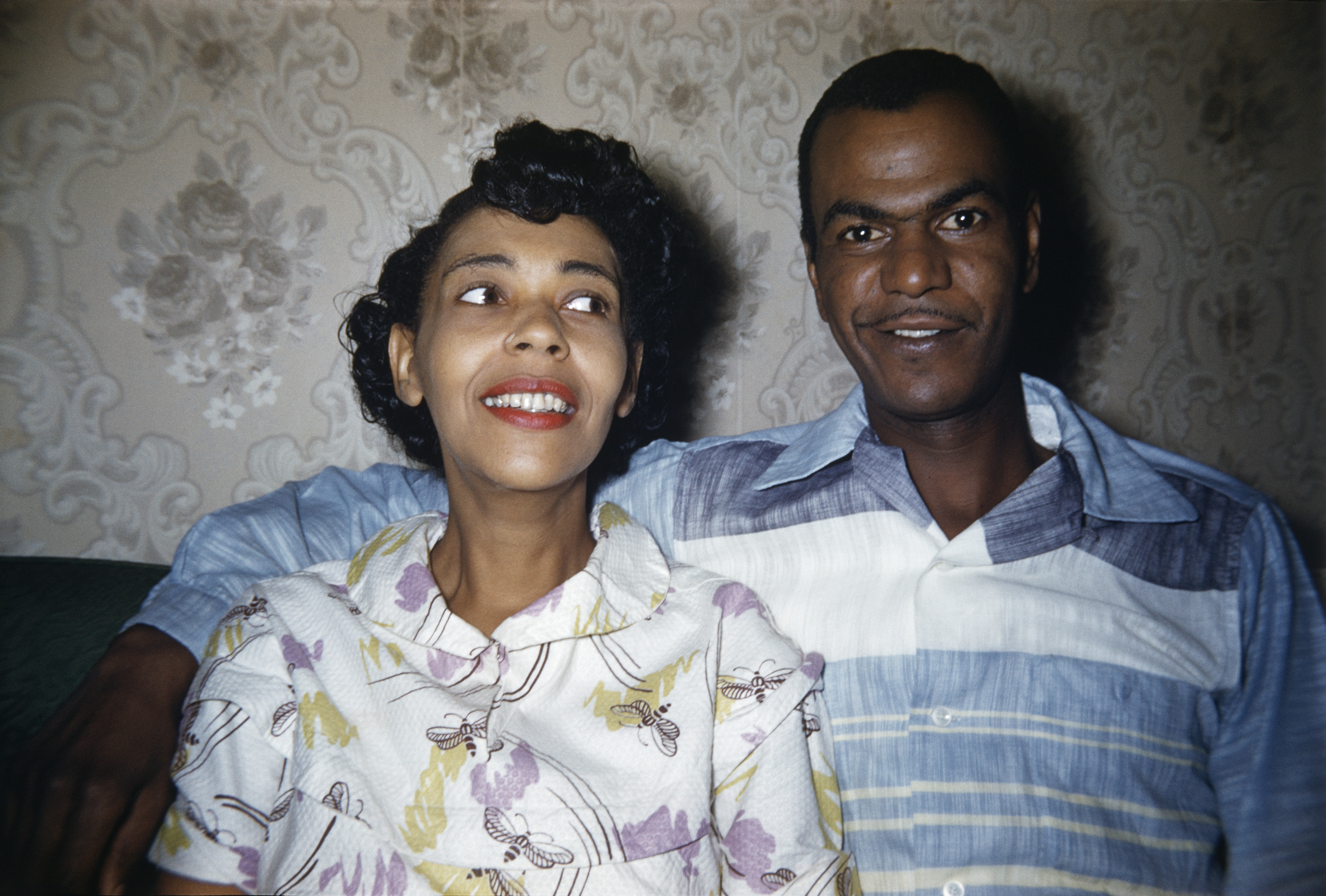 ‘Dressed to Impress’ captures the vivid world of everyday fashion in the 1950s and 1960s
‘Dressed to Impress’ captures the vivid world of everyday fashion in the 1950s and 1960sA new photography book from The Anonymous Project showcases its subjects when they’re dressed for best, posing for events and celebrations unknown
By Jonathan Bell
-
 Desert X 2025 review: a new American dream grows in the Coachella Valley
Desert X 2025 review: a new American dream grows in the Coachella ValleyWill Jennings reports from the epic California art festival. Here are the highlights
By Will Jennings
-
 Daniel Arsham’s new monograph collates the works of the auto-obsessed American artist
Daniel Arsham’s new monograph collates the works of the auto-obsessed American artist‘Arsham Motorsport’ is two volumes of inspiration, process and work, charting artist Daniel Arsham’s oeuvre inspired by the icons and forms of the automotive industry
By Jonathan Bell
-
 In ‘The Last Showgirl’, nostalgia is a drug like any other
In ‘The Last Showgirl’, nostalgia is a drug like any otherGia Coppola takes us to Las Vegas after the party has ended in new film starring Pamela Anderson, The Last Showgirl
By Billie Walker
-
 ‘American Photography’: centuries-spanning show reveals timely truths
‘American Photography’: centuries-spanning show reveals timely truthsAt the Rijksmuseum in Amsterdam, Europe’s first major survey of American photography reveals the contradictions and complexities that have long defined this world superpower
By Daisy Woodward
-
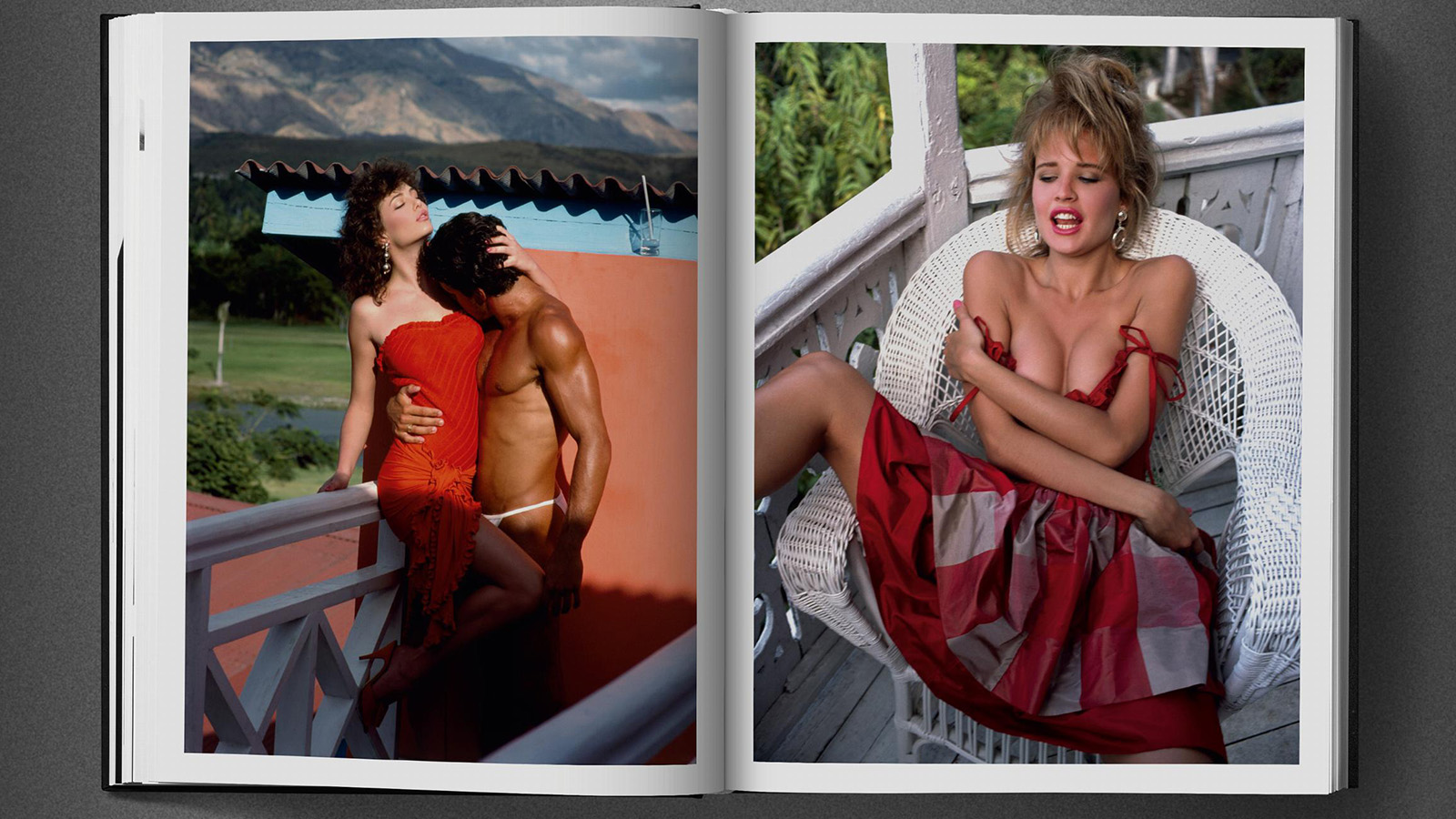 Era-defining photographer David Bailey guides us through the 1980s in a new tome not short of shoulder pads and lycra
Era-defining photographer David Bailey guides us through the 1980s in a new tome not short of shoulder pads and lycraFrom Yves Saint Laurent to Princess Diana, London photographer David Bailey dives into his 1980s archive in a new book by Taschen
By Tianna Williams
-
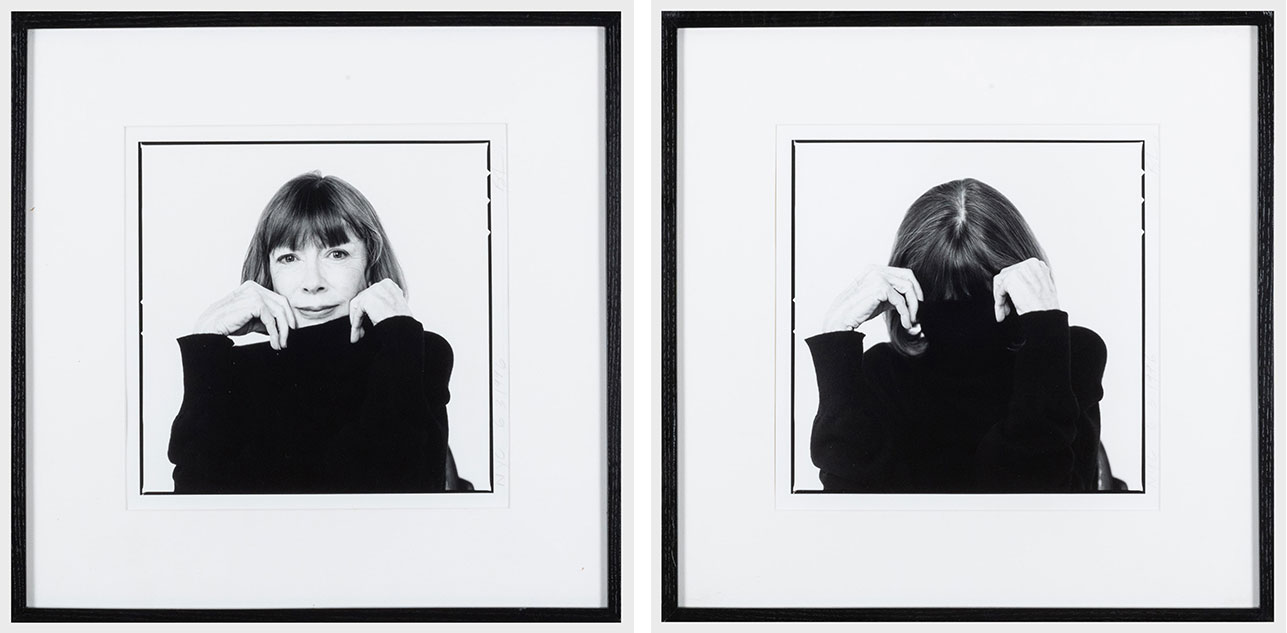 Inside Joan Didion’s unseen diary of personal relationships and post-therapy notes
Inside Joan Didion’s unseen diary of personal relationships and post-therapy notesA newly discovered diary by Joan Didion is soon to be published. Titled 'Notes to John', the journal documents her relationship with her daughter, husband, alcoholism, and depression
By Tianna Williams